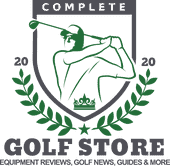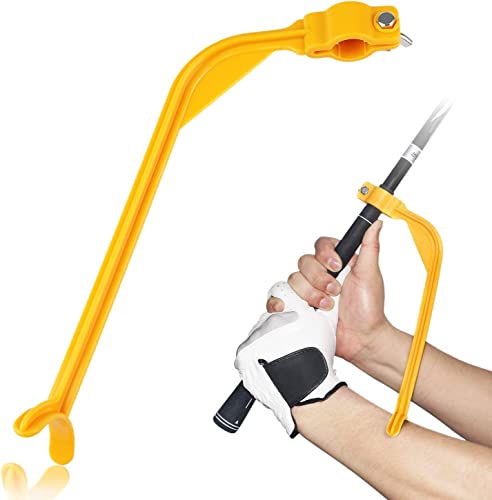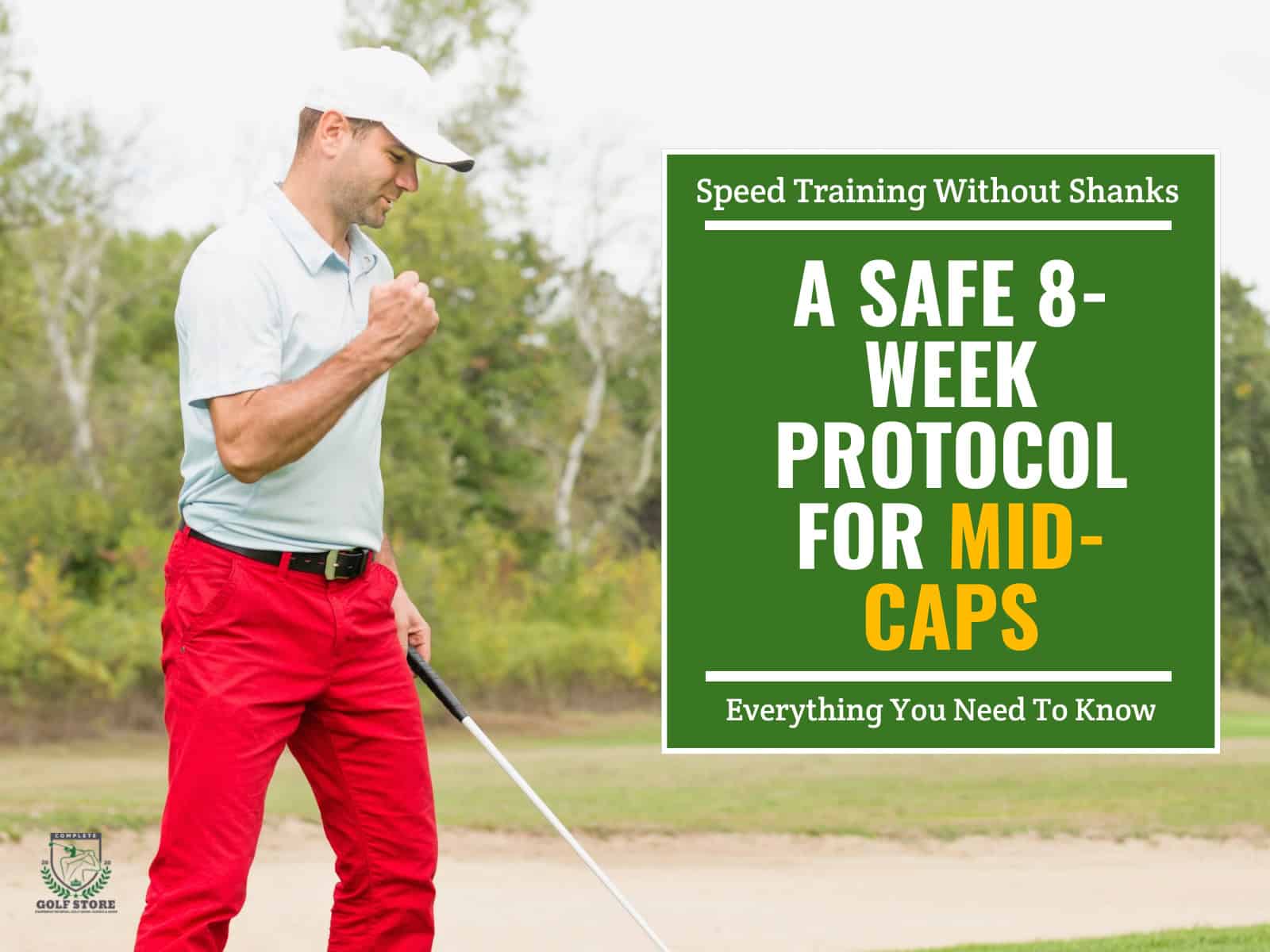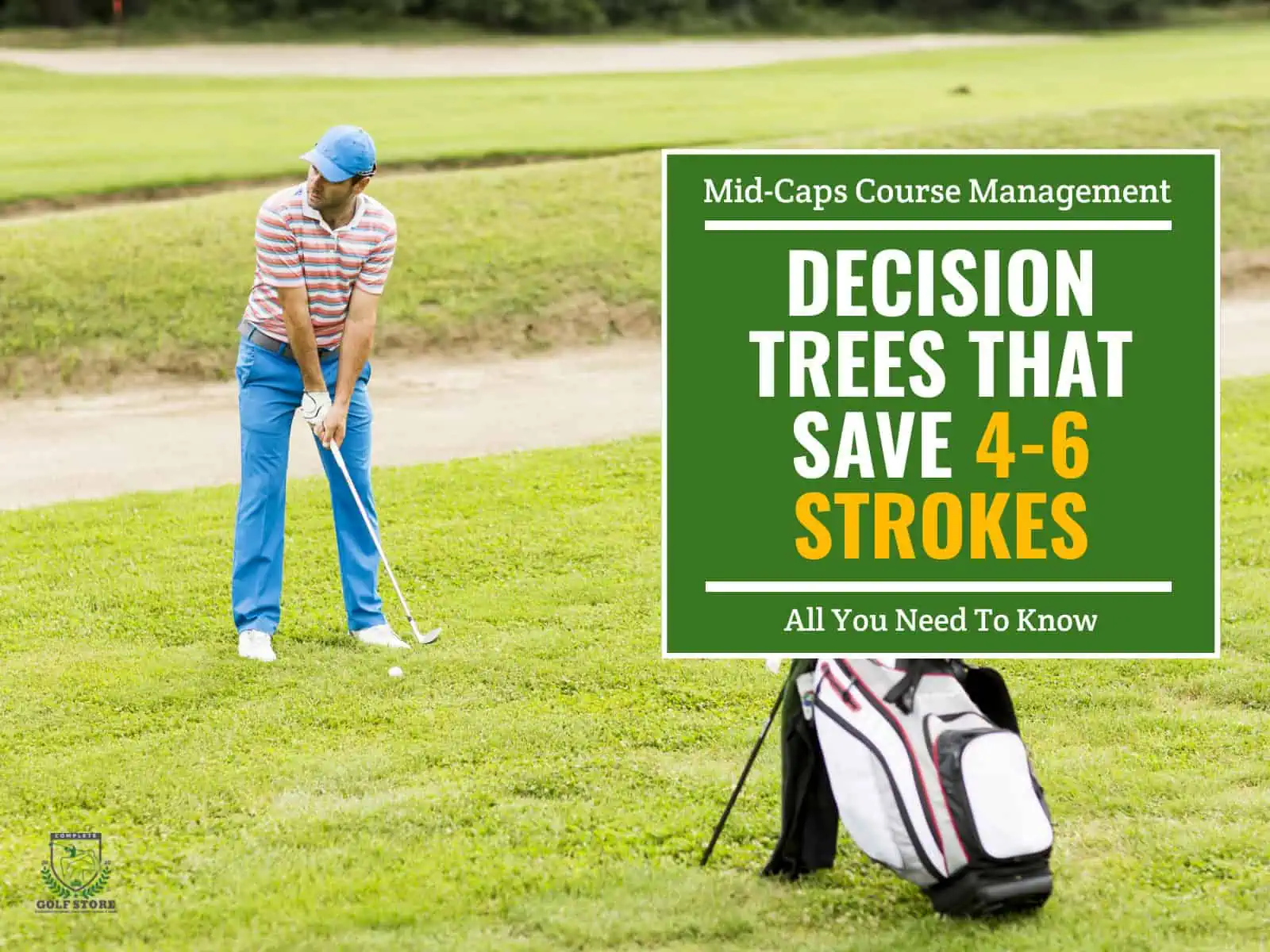Golf improvement doesn’t have to cost a fortune. You can sharpen your game with just $50 a month if you spend wisely. The secret isn’t shiny new clubs; it’s feedback-driven tools, focused drills and the right apps.
Even pros like Scottie Scheffler and Justin Rose lean on training aids every day, not gimmicks but gear that gives instant feedback. If it works for them, it’ll work for you.
By the time you’re done here, you’ll know which tools are worth buying, which apps stretch your budget and how to follow a simple monthly schedule that keeps your game moving forward without draining your wallet.
- 1) The $50/Month Philosophy for Golf Improvement
- 2) High-Value Training Aids Under $50
- 3) Budget-Friendly Core Tools Every Golfer Needs
- 4) Golf Apps to Stretch Your Budget Further
- 5) Sample $50/Month Practice Schedule
- 6) Stretching Every Dollar
-
7)
Frequently Asked Questions
- 7.1) How long does it take to see results from using a swing corrector?
- 7.2) Can the EyeLine Speed Trap help with both slices and hooks?
- 7.3) Is the TRS Ball comfortable to use during full swings?
- 7.4) What’s the best budget-friendly way to practice putting indoors?
- 7.5) How do I know if Break X Golf is worth the subscription compared to free apps?
- 7.6) Can foam balls actually improve real on-course performance?
- 7.7) What’s the most effective way to combine multiple training aids in one session?
- 8) Final Thoughts
The $50/Month Philosophy for Golf Improvement
Think of golf improvement like building a house—you don’t start with chandeliers, you start with bricks. Throwing money at the game with lessons, fittings or the latest driver often leads to disappointment. What matters most is structure: short, focused practice sessions using tools that give clear feedback.
The heart of this philosophy is simple. You don’t need a pro looking over your shoulder every swing. You need affordable gear that tells you when you’re off and drills that keep you honest. Feedback beats theory every time. A strip of impact tape on your clubface shows more about your swing than a half-hour lecture ever could.
Look around and you’ll see even elite players relying on these tools. Scottie Scheffler uses a swing corrector to monitor his wrists. Tommy Fleetwood trains with a practice plate to stop dropping under plane. Justin Rose keeps a ball between his arms to stay connected. If the best in the world are using aids, why wouldn’t you?
So the real secret is not how much you spend, but how you spend it. With $50 a month, you can build a training setup that keeps you accountable, pushes your game forward and avoids the trap of chasing shiny new gear.
High-Value Training Aids Under $50
Not all training aids are gimmicks. The right ones deliver instant feedback, keep your practice sharp and fit easily within a $50 budget. Here are five proven tools trusted by pros and coaches that can make a big difference in your game.
#1 - UWANTME Swing Corrector
Wrist angles make or break your swing. This small device clips on and tells you instantly if your wrists bow or cup at the top.
Scottie Scheffler uses it, which should tell you it’s no gimmick. At under $10 on discount, it’s a steal compared to lessons that don’t give such clear feedback.
#2 - PuttOut Platinum Pressure Trainer
Putting is about pace and line. This trainer forces you to roll the ball at perfect speed into a narrow groove. Miss by a hair, and it spits the ball back. Use it on the carpet at home for ten minutes a day, and you’ll feel nerves fade when standing over a five-footer.
You might also discover our selection of putting aids for more options.
#3 - EyeLine Golf Speed Trap
Few things ruin a swing like a crooked path. This aid sets up bumpers that punish you for slicing across or dropping too far inside. It trains your club to travel on the right arc. It edges above the $50 mark, but its durability makes it worth stretching the budget.
#4 - Golf Practice Plate
Swing plane is tough to master. This flat plate, endorsed by Tommy Fleetwood, angles your club into position so you stop dropping under or throwing it over the top.
Portable, easy to use, and just under $40, it’s like carrying a coach in your bag.
#5 - TRS Ball
Arm connection keeps your swing compact. The TRS Ball straps in place between your forearms and forces your arms to move together. Justin Rose swears by it. At under $50, it’s right on budget and delivers a feel you can’t fake.
Budget-Friendly Core Tools Every Golfer Needs
Sometimes the simplest tools make the biggest difference. You don’t need a garage full of gadgets, just a few basics that give you feedback and let you practice anywhere. These are low-cost items that stretch every dollar and still improve your game.
- Impact tape or spray
This shows exactly where the ball meets the clubface. A small strip tells you if you’re striking it flush or catching it on the toe or heel. Nothing beats that instant feedback. - Alignment sticks
Two lightweight rods that guide aim, stance and swing path. Place them on the ground to check setup, or prop them up to create practice “gates.” They’re cheap, versatile and last forever. - Foam balls
Perfect for practicing at home without breaking windows. They give you real swing feel while keeping costs down. You can stack hundreds of reps in a week with zero range fees. - Putting gate or mirror
Both help your stroke stay square. A gate forces the ball to roll straight, while a mirror shows if your eyes and putter face are lined up. Either one fits in a bag pocket and pays for itself in a single round.
Golf Apps to Stretch Your Budget Further
Your phone can be a training partner if you choose the right apps. Most cost less than a bucket of balls and keep your practice structured instead of scattered. That’s the kind of edge you need when you’re working with a $50 budget.
- Break X Golf
This app builds personalized practice plans from your stats and adapts as you improve. It feels like having a coach who adjusts drills on the fly. If you want structure without paying for weekly lessons, this is the best value. - CORE Golf
Video-led drills make it easy to copy correct moves. No guesswork, just clear demonstrations you can replay until it sticks. It’s especially useful if you learn by seeing rather than reading. - Perfect Practice Golf
A no-frills app that creates random challenges and helps you track clubs. It’s cheap, easy and perfect for keeping range sessions fresh. Beginners get the most from this, but even veterans can benefit from the variety. - Free options
Don’t overlook swing analysis apps or stat trackers. They let you film swings, compare positions and log results. Pair them with the training aids you already own, and suddenly your practice has a purpose.
Sample $50/Month Practice Schedule
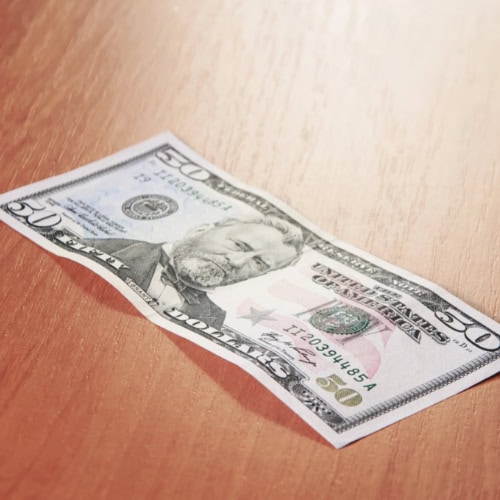
Money doesn’t buy discipline, but a clear plan does. With $50 a month, you can build a routine that balances cost and progress. Here’s a four-week cycle that fits into about six hours a week.
Week 1: Contact & Setup
Start with strike awareness. Use impact tape to see where the ball meets the face. Pair it with foam balls so you can rehearse swings anywhere. Three short sessions of 30–45 minutes each will sharpen contact fast.
Week 2: Accuracy & Target Control
Now shift focus to where the ball is going. Lay down alignment sticks to check aim and stance. Mix in randomized targets so you avoid falling into repetitive swings. By the third session, try a “mini-round” at the range where you simulate different holes.
Week 3: Short Game Emphasis
Put wedges and putter front and center. Work on chipping challenges from different lies, then test your control by landing foam balls into zones. End each session with putting gates, setting a pressure goal like “make five in a row” before leaving.
Week 4: Pressure Simulation
Blend everything into full-course practice. Rotate between full swings, chips and putts in one session. Add pressure rules: miss a gate, restart the set. Finish the week with a casual nine holes or a range round scored against yourself.
Stretching Every Dollar
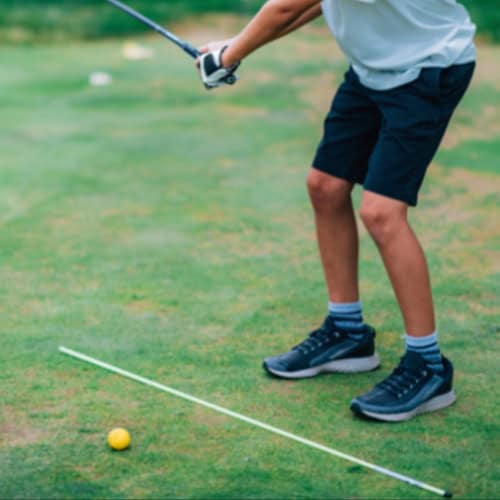
Start by buying gear that lasts. Alignment sticks, a TRS Ball or a Practice Plate won’t wear out in a season. They’re one-time investments that keep giving feedback year after year. Short-lived items like impact tape are cheap enough to replace without guilt.
Next, look for bundles. Many training kits combine tape, mirrors and gates at a lower price than buying them separately. A single purchase can cover both your long game and putting practice.
Free resources matter too. YouTube is full of drills from top coaches. Combine those lessons with free app tiers, and you’ve got professional guidance without a monthly bill. Even stat tracking can be done on a spreadsheet if you don’t want to pay for premium software.
Finally, log your sessions. Write down drills, scores or notes after practice. That record keeps you accountable and stops you from repeating the same mistakes. When you track improvement over months, you’ll see the payoff, and you’ll know which tool deserves the next slice of your $50 budget.
Frequently Asked Questions
Every golfer faces similar doubts when trying to improve on a budget. We included quick answers clear up the most common concerns so you can spend more time practicing and less time second-guessing.
How long does it take to see results from using a swing corrector?
Most golfers notice a difference within a week of regular practice. The instant feedback shortens the learning curve.
Can the EyeLine Speed Trap help with both slices and hooks?
Yes. Adjust the bumpers and it punishes both over-the-top moves and excessive inside paths. It works for either flaw.
You can also check our guides on fixing slices and getting rid of hooks.
Is the TRS Ball comfortable to use during full swings?
It feels unusual at first, but not painful. After a few sessions, the sensation of connected arms becomes natural.
What’s the best budget-friendly way to practice putting indoors?
A simple gate or even two coins set a few inches apart on carpet works. It forces the ball to start on line without needing a green.
How do I know if Break X Golf is worth the subscription compared to free apps?
If you want structure and adaptive practice plans, it earns its keep. Free apps give feedback, but they don’t adjust your drills as you improve.
Can foam balls actually improve real on-course performance?
Yes. They teach strike, swing path and tempo without needing a range. Pair them with feedback tools, and the habits carry over to real shots.
What’s the most effective way to combine multiple training aids in one session?
Use one for feedback, one for structure. For example, start with impact tape to check strike, then switch to an alignment stick drill. Mixing them keeps practice sharp without overload.
Final Thoughts
Golf improvement isn’t about who spends the most; it’s about who practices with purpose. When you stick to a $50 budget, every purchase has to earn its place in your bag. That discipline builds smarter habits on and off the course.
Feedback-driven tools tell you what’s really happening at impact. Structured routines stop you from wasting swings. Affordable apps keep you accountable. Together, they create a system that’s lean but powerful.
The beauty of this approach is freedom. You’re no longer chasing the latest club or paying for endless lessons. Instead, you’re stacking consistent reps, seeing measurable gains and enjoying the game without financial stress.
So the next time you feel pressure to splurge, remember: steady progress comes from sharp tools, clear practice and a focused plan.
The question is: are you ready to trust the process and let $50 a month change your game?
